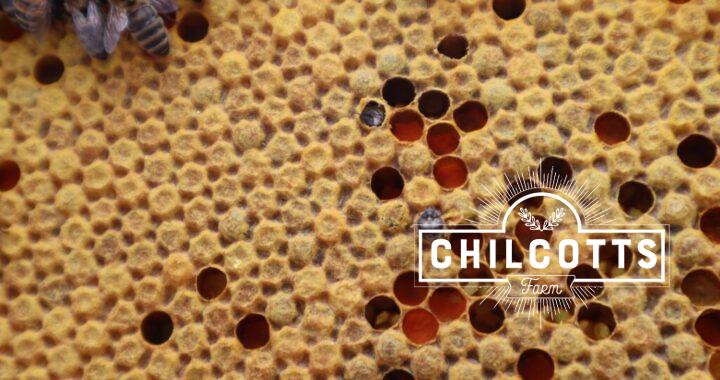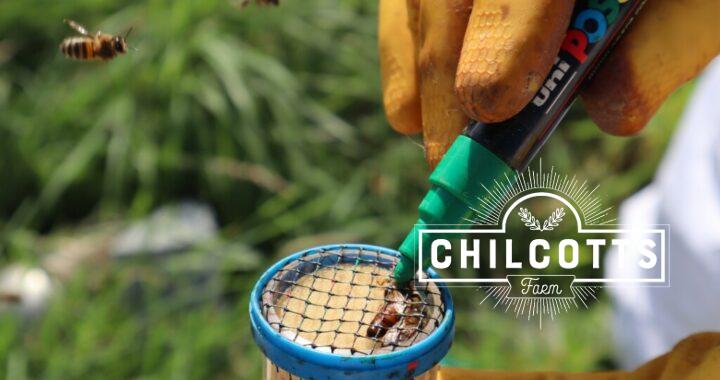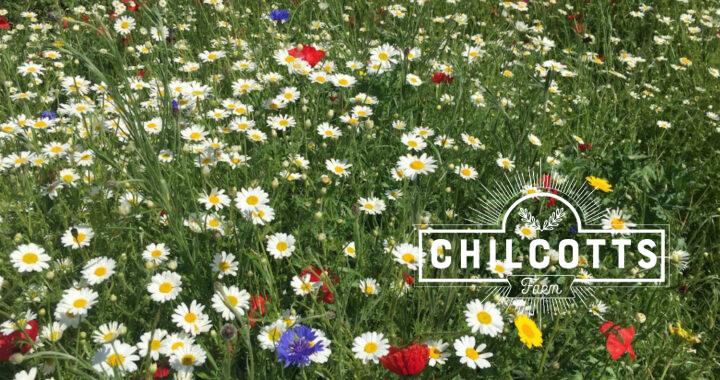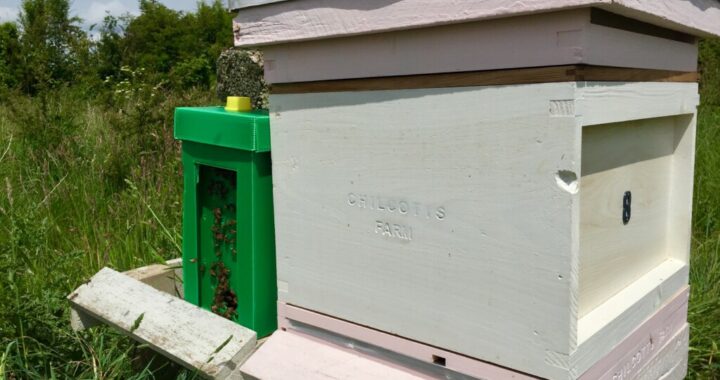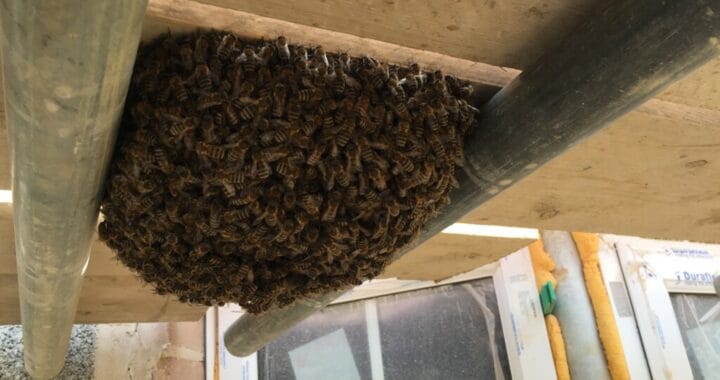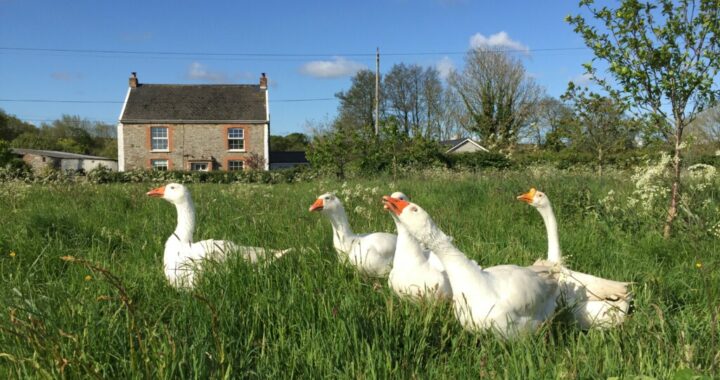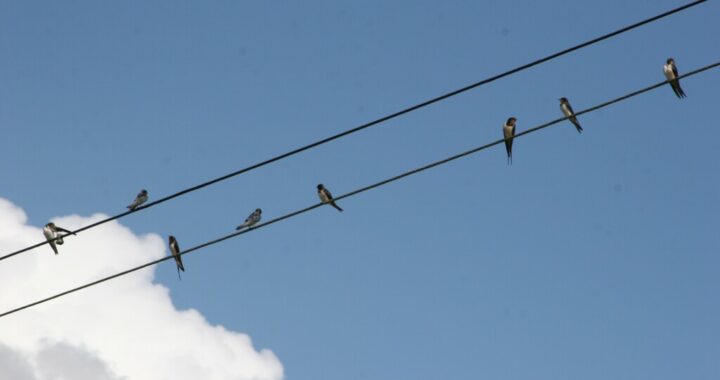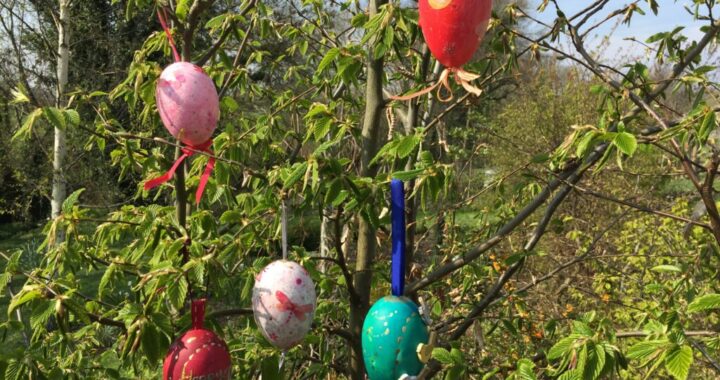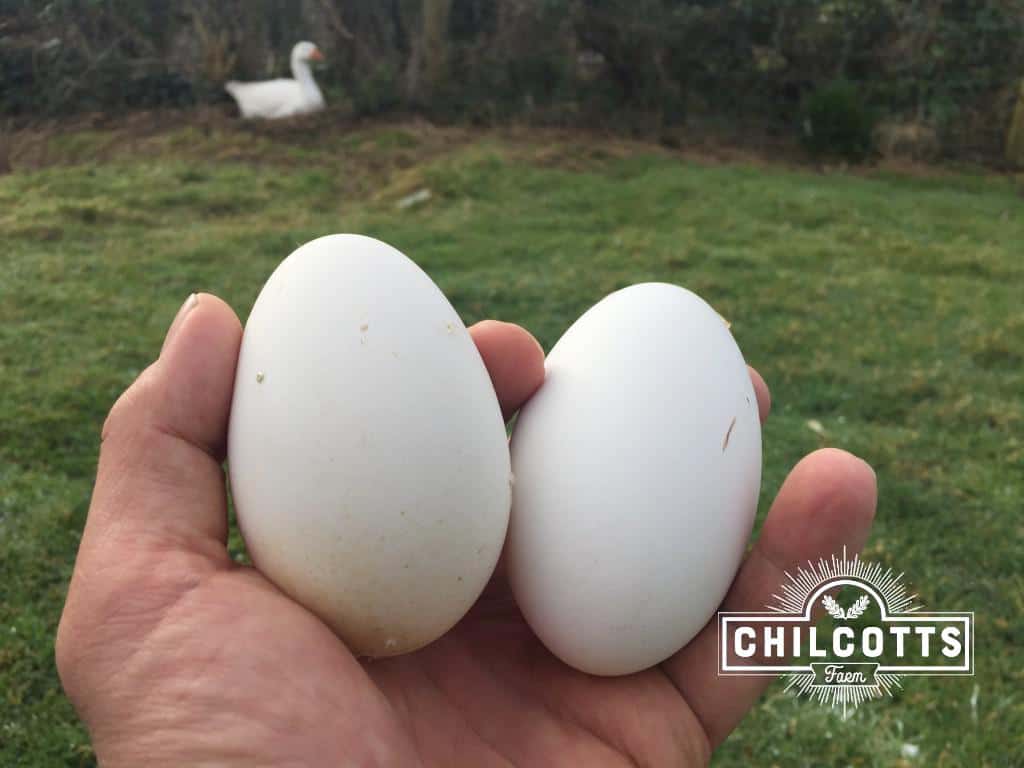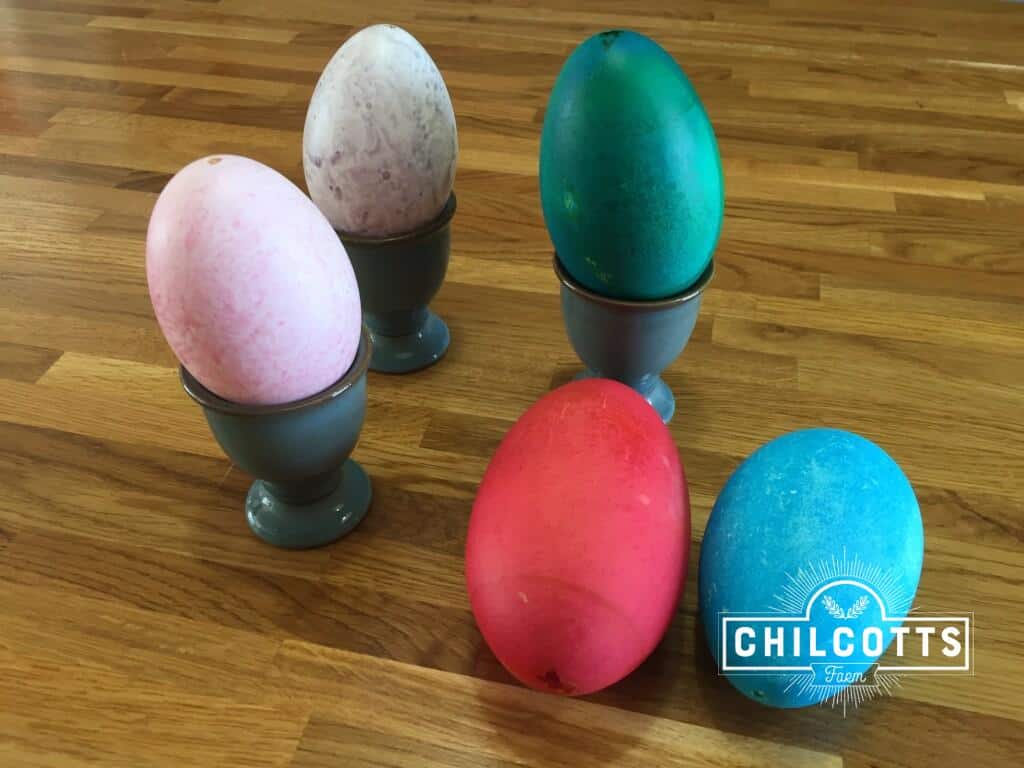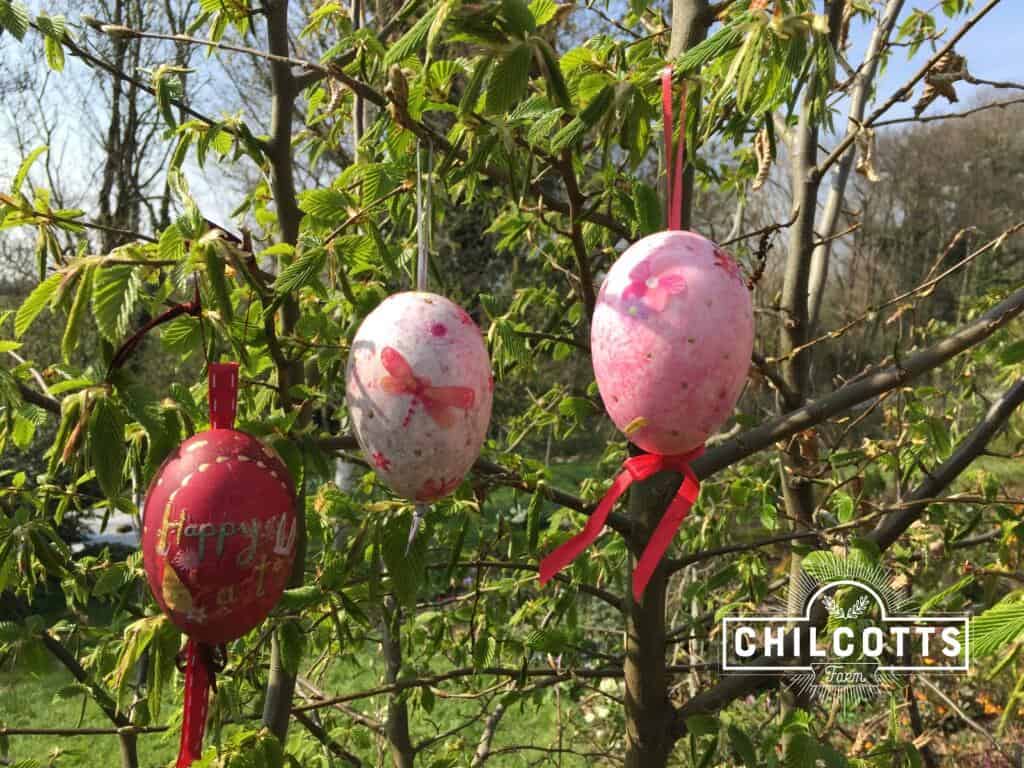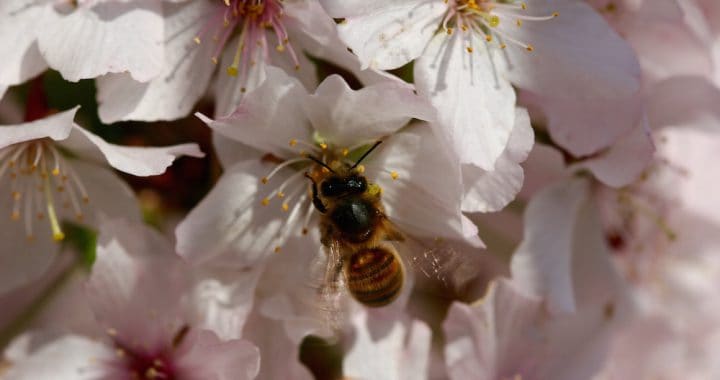As we move toward the winter months, the hive is beginning to prepare for the colder weather. Having gathered their honey as winter food to keep them going until the first spring flowers, the winter bees are beginning to emerge.
If you look closely, you can see some bees just poking their heads out of their cell. They are removing the capping from the cell where the egg was laid and they have transformed into a bee. Once emerging they will join the rest of the colony.
These new bees are potentially the bees that will take the colony through the winter until early spring. Winter bees tend to live for 5 months, whereas the bees hatched out in spring and summer live for about 6 weeks!

